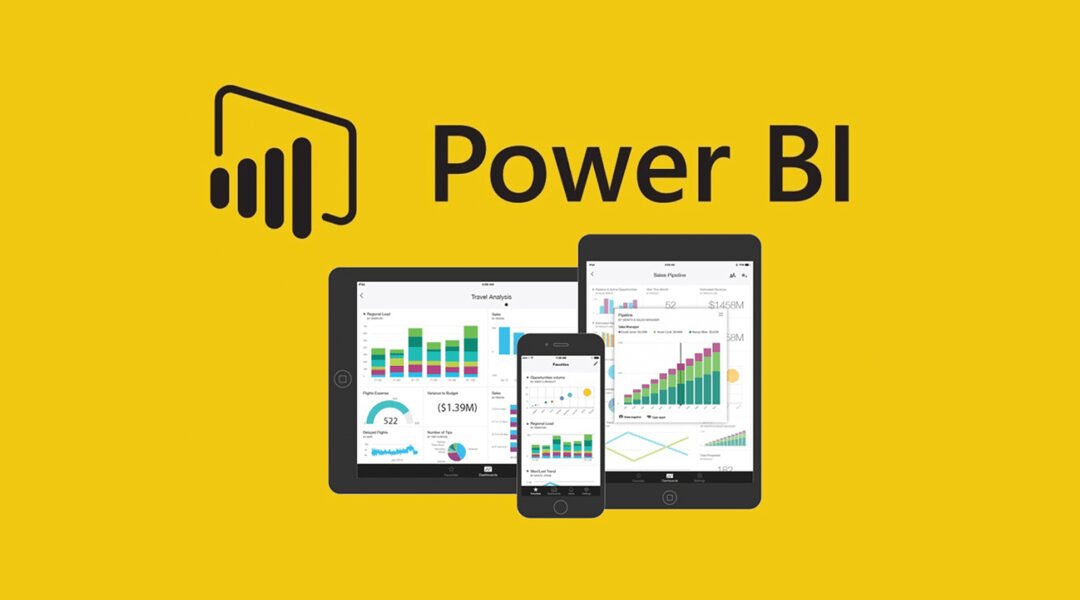In the ever-evolving world of data analytics, turning raw data into actionable insights is more critical than ever. Power BI, a business analytics tool from Microsoft, has become a favorite among data analysts for its ability to visualize and analyze data efficiently. But what makes Power BI so indispensable for data analysis?
Data Connectivity
One of Power BI’s key strengths is its ability to connect to a wide variety of data sources. From Excel spreadsheets and databases to cloud-based services like Azure and Salesforce, Power BI enables seamless data integration. This versatility allows analysts to bring disparate data together into a unified dashboard.
Interactive Dashboards
Gone are the days of static reports. Power BI enables the creation of dynamic, interactive dashboards that stakeholders can explore. Users can drill down into specific data points, filter information by criteria, and uncover insights that traditional reporting methods often miss.
Advanced Analytics with DAX
Data Analysis Expressions (DAX) is Power BI’s powerful formula language, allowing analysts to create custom metrics and calculations. Whether it’s calculating year-over-year growth or segmenting customer behavior, DAX empowers analysts to derive deeper insights.
Accessibility and Collaboration
Power BI’s cloud-based service ensures that dashboards and reports are accessible from anywhere. Teams can collaborate on reports in real-time, making it easier to share findings and make data-driven decisions.
Conclusion
Power BI is more than just a data visualization tool—it’s a comprehensive analytics platform. For data analysts, it bridges the gap between raw data and actionable insights, enabling better decision-making. If you’re looking to enhance your data analysis skills, learning Power BI is a must.


Good day, I am interested in the course